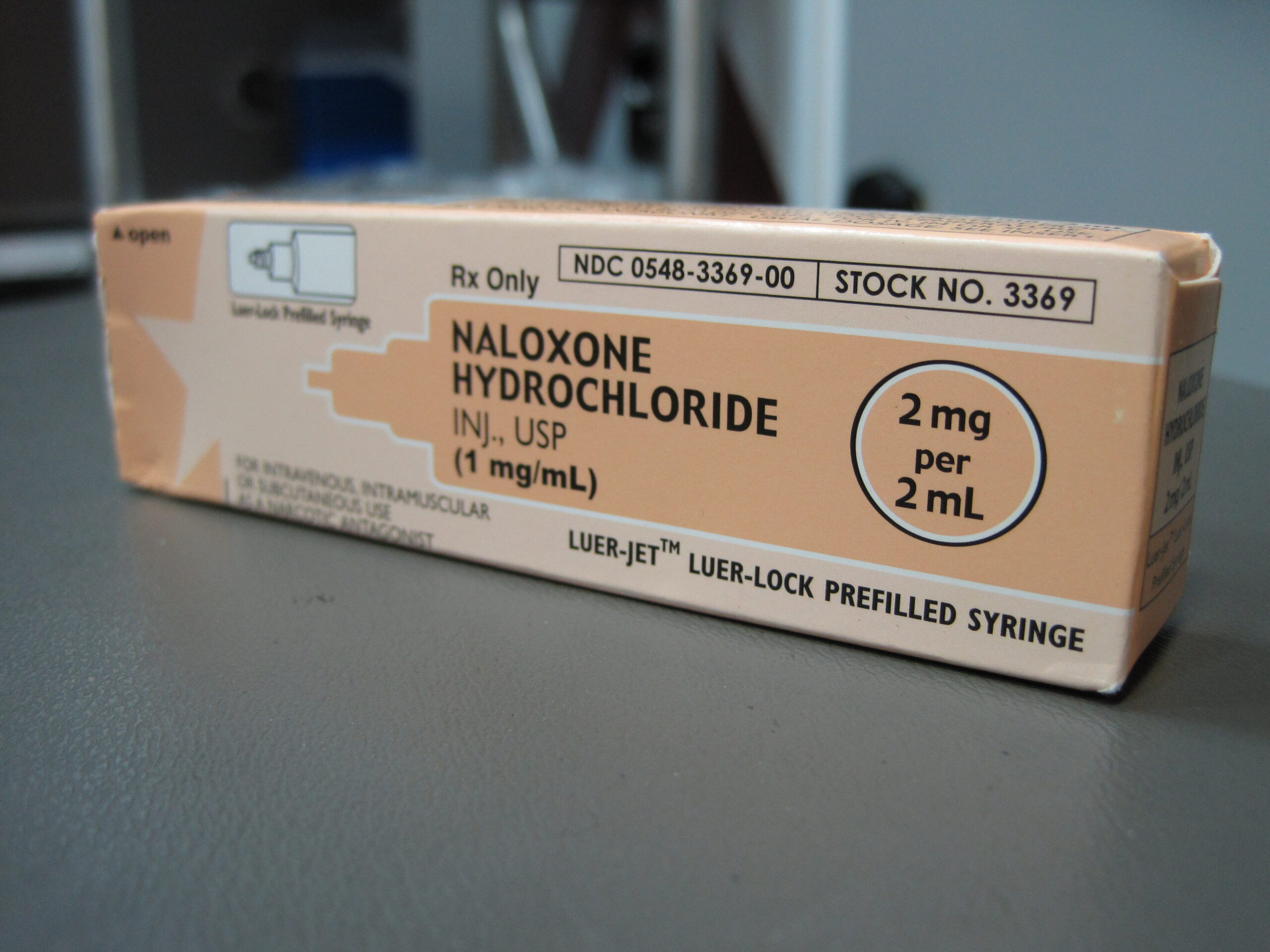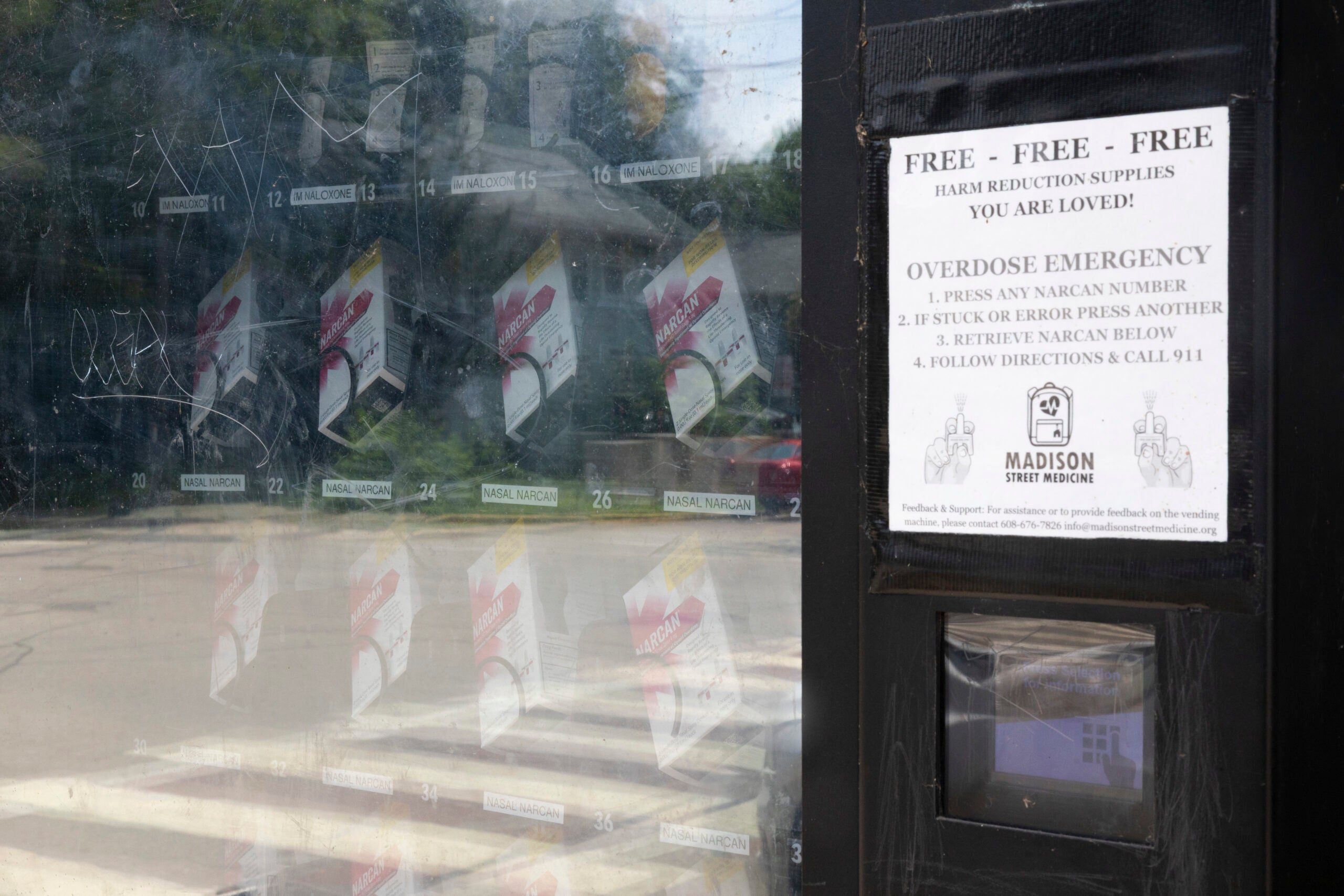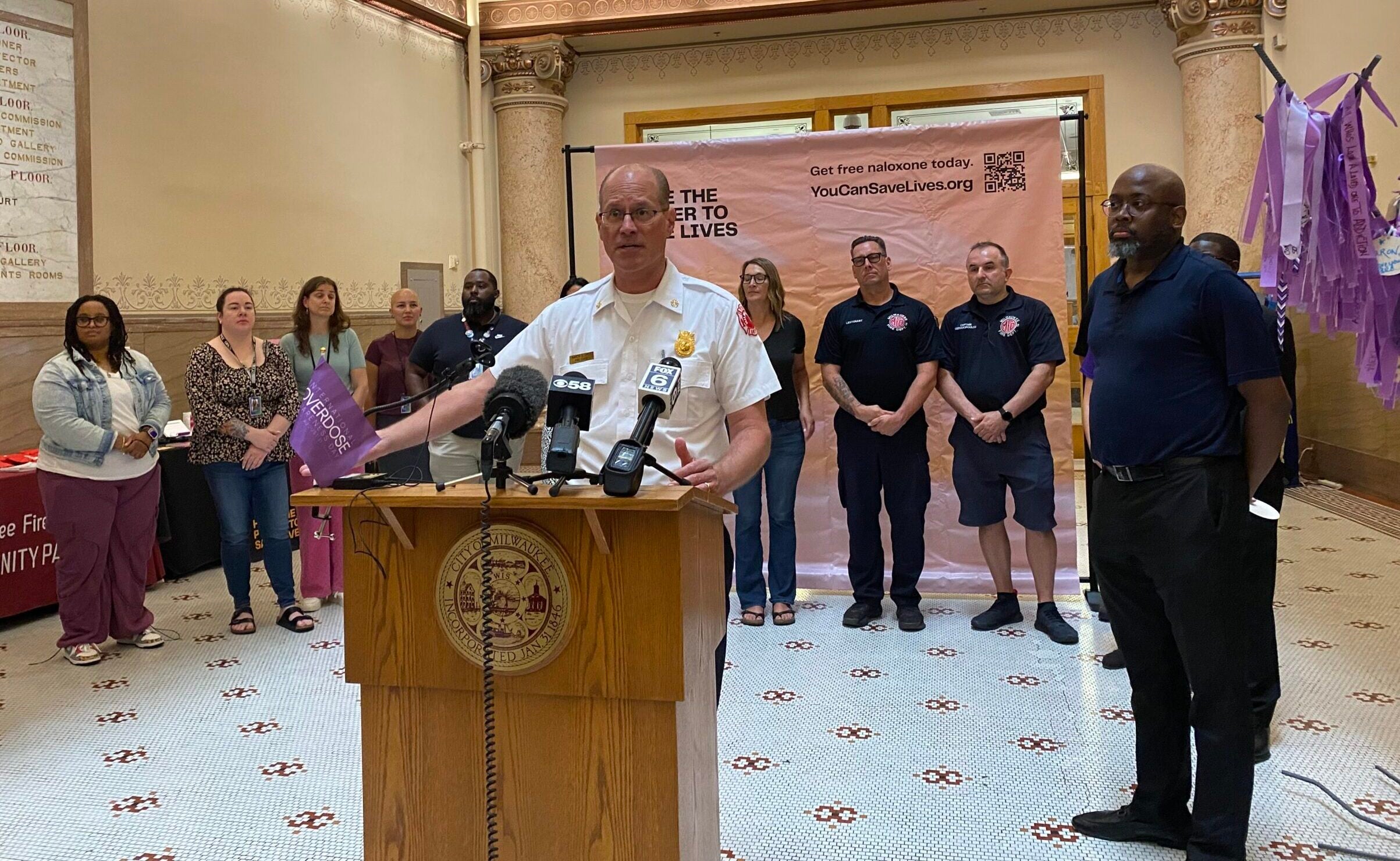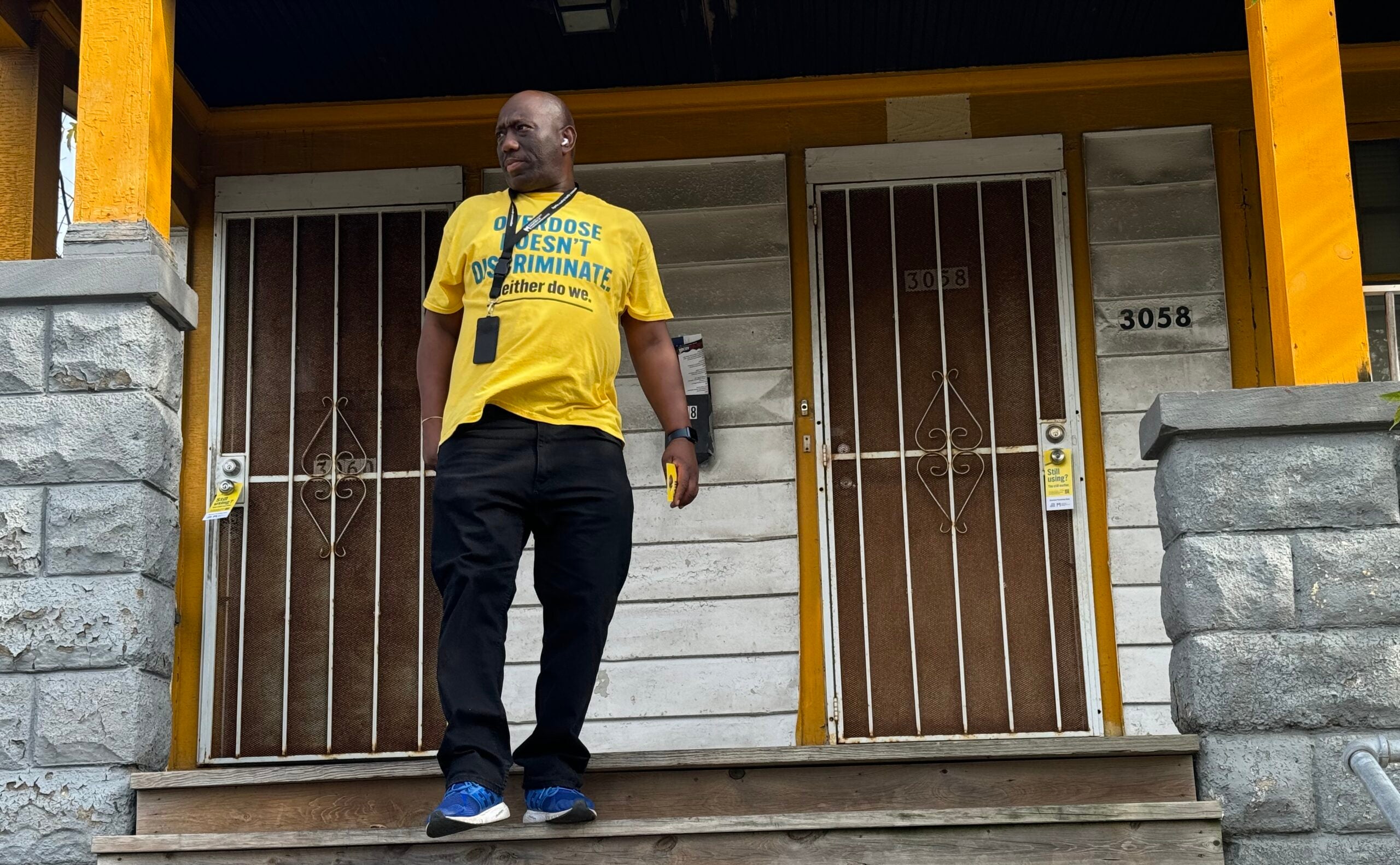Prescriptions for naloxone, the opioid antidote, doubled between 2017 and 2018, but federal health officials said Tuesday that naloxone isn’t available where it’s needed most.
Officials also urged doctors to give the antidote drug to patients who are prescribed high doses of opioids, especially if patients are also taking anti-anxiety drugs called benzodiazepines.
There were 556,000 naloxone prescriptions filled at pharmacies across the country last year, according to a Centers for Disease Control and Prevention Vital Signs report. That figure doesn’t include naloxone given by emergency medical providers or community groups.
News with a little more humanity
WPR’s “Wisconsin Today” newsletter keeps you connected to the state you love without feeling overwhelmed. No paywall. No agenda. No corporate filter.
States in the south had the highest number of naloxone prescriptions. The Midwest had the lowest.
“Cost is one of the issues but I think awareness is another,” said Anne Schuchat, CDC deputy director, in a teleconference with reporters Tuesday.
The Wisconsin Department of Health Services has an online map of more than 300 pharmacies across Wisconsin which carry naloxone. The life-saving drug can be obtained without a prescription because the state issued what’s called a standing order. But the DHS website cautions people they should make sure their local pharmacy has naloxone in stock because being listed in the directory is no guarantee the drug is available.
State health officials say it’s a priority to increase access to naloxone by creating different ways for individuals to get it.
“We are trying to target those that need it most: active drug users along with their friends and family; law enforcement agencies, first responders,” said Paul Krupski, director of opioid initiatives with DHS. “Those who we know who will come into contact with individuals who struggle with addiction.”
Naloxone availability is generally lower in rural areas, federal officials found. But there are exceptions. For instance, Sawyer county in northern Wisconsin had high rates of naloxone prescribing. So did more urban counties like Sheboygan and Milwaukee.
But none of those counties had the highest rate of drug overdose deaths, according to a 2017 state report that examined fatalities from all drugs. Naloxone only works to reverse the effects of opioids — it won’t work for other drugs like cocaine. The highest drug overdose mortality rates were in St. Croix, Lincoln and Shawano counties. The lowest mortality rates were seen in Ozaukee, Manitowoc and Fond du Lac counties.
To increase the use of naloxone, federal health officials urge that insurance co-pays be reduced, and that it be distributed more in rural areas.
In 2017 there were 916 opioid deaths in Wisconsin.
Wisconsin Public Radio, © Copyright 2026, Board of Regents of the University of Wisconsin System and Wisconsin Educational Communications Board.







